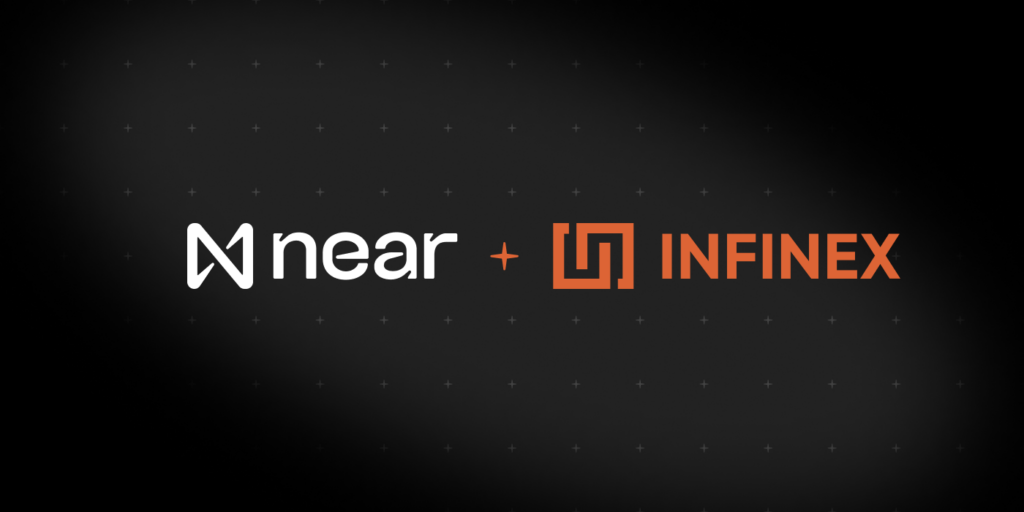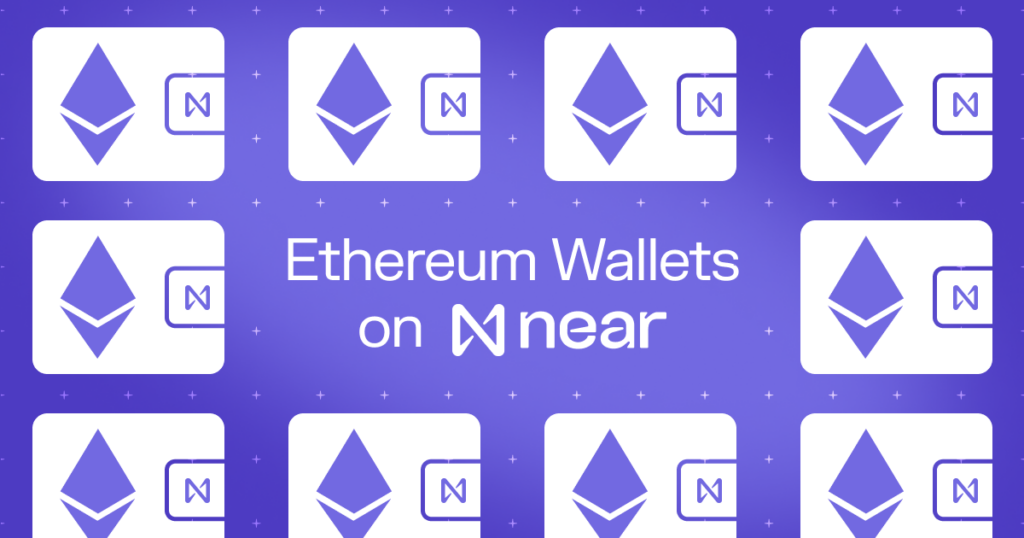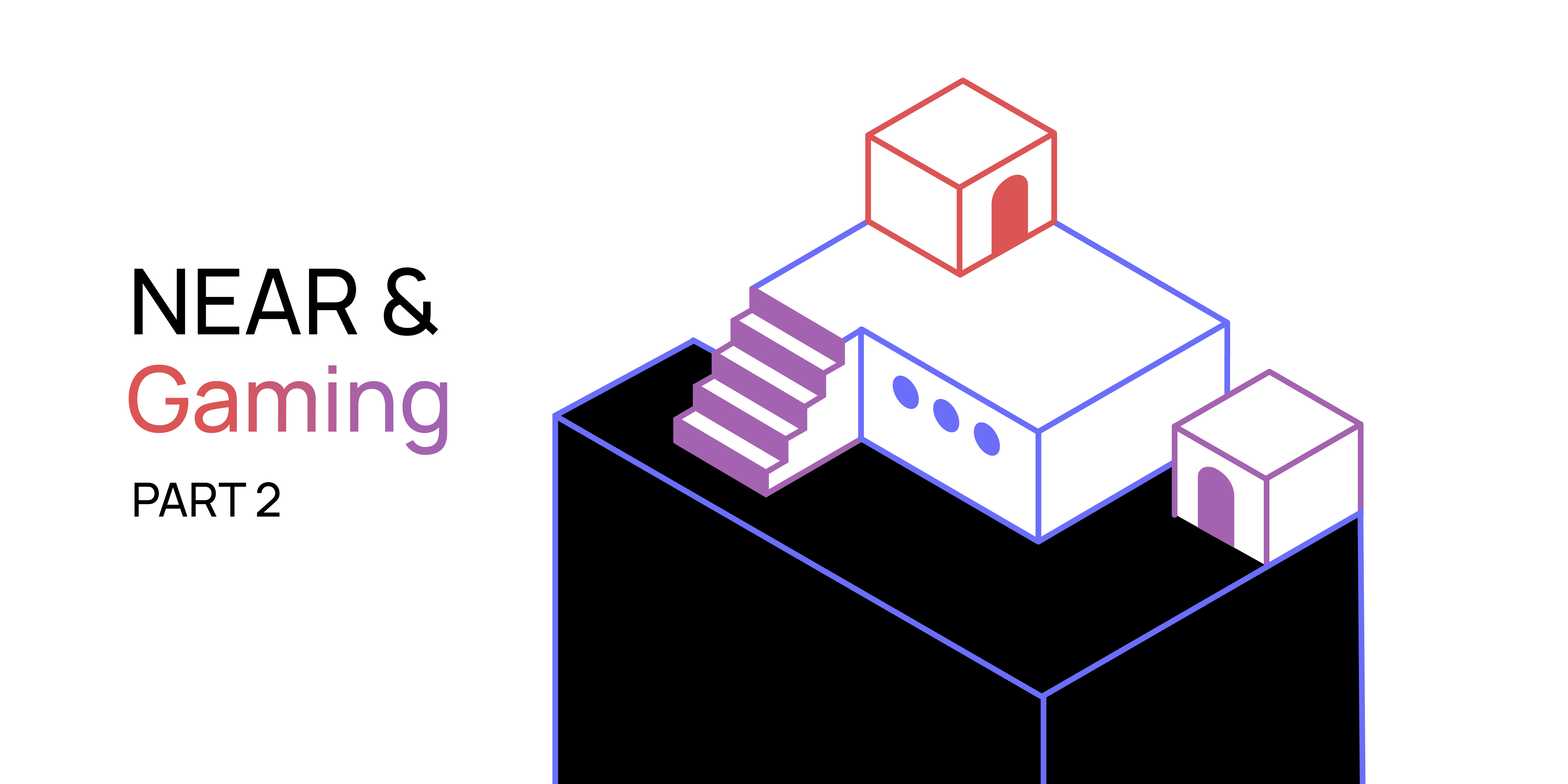NEAR & Gaming: A Deep Dive into OP Games
Alongside DeFi and NFTs, Web3 gaming is proving to be one of the most vibrant and creative spaces in crypto. From play-and-earn titles to fractionalized game ownership, crypto gaming’s moment is now. And it’s evolving in real-time.
OP Games, arguably the most successful gaming company building on NEAR right now. With Arcadia, its aptly-named community-owned arcade, a plug-and-play developer SDK, and monetization features, OP Games is revolutionizing gaming with Web3 technologies.
In the latest installment of our 4-part series “NEAR & Gaming”, we take a deep dive into OP Games. Not only does OP Games have some lessons for developers building during a down market, they have offer up some useful ideas for onboarding Web2 users into the Web3 world, and more.
Born in the crypto bear market of 2018
While OPGames is a major gaming platform on NEAR, its origins weren’t exactly auspicious. Growing out of the mobile gaming company Alto, OPGames emerged in the crucible of 2018’s Great Crypto Bear Market.
Co-founders Chase Freo (CEO) and Paul Gadi (CTO) had a background in Web2 gaming and on other tech projects. A game publisher and investor, Freo grew disillusioned with the 70/30 revenue split that was standard for game publishers and designers. But it was through their work in Web2 gaming that Freo and Gadi, and one of the other original Alto founders, Gabby Dizon, came to know each other.
“We realized we aligned in terms of how gaming would work outside of the traditional [mobile and desktop]space,” says Freo. “We also realized we were all into blockchain and crypto, so we co-founded OP Games, which was called Alto at the time.”
Given the bear market of the period, Freo and Gadi started building a lot of different products, especially in the NFT space. At the time, Web3 developer funds were hard to come by. Freo and Gadi watched as Dapper Labs and The Sandbox got funding, and thought these were good signs.
While funding didn’t immediately materialize for OP Games, the pair’s work on NFTs was not in vain. Indeed, that work convinced Freo and Gadi of OP Games’ direction and, ultimately, led them to NEAR.
“There’s a certain way game developers make money in Web2 and it’s skewed towards bigger game companies, bigger game developers, and bigger game publishers,” Freo explains. Developers gravitate toward publishers, who can distribute the game and onboard millions of players. Unless, of course, a game goes viral, like Flappy Bird—which is rare.
“Because of this extreme reliance on publishers, the deal flows became very one-sided,” says Freo. “And that made me question if I was doing anybody a favor by being a game publisher. That changes the power structure in terms of how much a game developer earns versus how much a publisher earns, and how then how much Apple and Google earn. So there’s a lot of gatekeeping involved.”
What Freo and Gadi saw in Web3 was elegantly simple and profound: the democratization of gaming. Each player had their own wallet and developers didn’t need one million players to succeed.
“Most players in Web3 are also paying players via NFTs, right,” Freo explains. “Obviously, there’s a lot of experimentation involved in play-to-earn, which has now evolved to play-and-earn. But we’re hopeful and we’re always thinking about newer models that will benefit people in the long run.”
Building OPGames for other games developers
During the 2018/2019 crypto downturn, OP Games received grants from a few different entities. Freo says there is a tendency to spend funds on an entire product suite. “Build the dream”, as he refers to it. But Freo and Gadi took another approach.
“We realized very quickly that we have to be very modular in terms of what we’re building, so that we can still continuously create something, even though it’s at a much slower pace,” says Freo. “But it would allow us to create multiple things that would be useful right away in that period.”
Freo compares the OP Games platform’s modularity to Legos: it gives developers all of the pieces they need to design and launch successful Web3 games. Early on in this slow build process, Freo and Gadi developed SDKs and APIs that game developers could use in their own slow builds.
“We modularize how we want to build,” says Freo. “We want to make sure that each and every single one of these product lines will be as useful now as it will be in the future. And once we succeeded in building these products, it was much easier to fundraise when the bull market was in full swing.”
“We’re building the supply of games in Web3 by bringing Web2 game developers into the mix,” he adds. “And we have this tooling, like Legos, that they can use right away. It’s simplified so that it’s easy for their games to integrate or reap the benefits of a Web3 token offer.”
A look inside the OP Games feature set
After pivoting into Web3 gaming, OP Games began developing its first feature—the “Tournaments” function. This feature allowed any Javascript game to use OP Games’s JS SDK, creating a plug-and-play environment asynchronous play.
“Game developers could now set up their own tournaments on a daily or monthly basis, or however they wished to do it,” Freo explains. “They could set up parameters in terms of what the pot would look like, what percentage would go back to players and developers, and so on and so forth.”
OP Games next created Arcadia.fun, a Web3 game arcade where game designers could load their games using the SDK. Currently in Alpha, Arcadia will soon get an official launch with a dedicated website. To date, there are 43 games on Arcadia, including one of OP Games own titles, Arcadeum Arena, a hybrid auto-chess player, avatar-battler.
The team also built a Leaderboard feature that showcased the top players for any given game. After launching Tournaments, Arcadia, and Leaderboard, the team turned their attention to a player-versus-player (PvP) feature. So, instead of playing against a game’s artificial intelligence, OP Games players could play against each other.
“Currently we’re working on NFT wagering,” says Freo. “This will allow players to wager their NFTs against each other. And we fulfill that position based on whomever wins a specific game on the Arcadia platform. On the back end there are these little feature sets that we’ve built for developers to use that they can plug into their game so that they can exist in Arcadia.”
To make this all happen, OP Games allows players to log in with their NEAR wallet. This makes it possible for the gaming platform to offer $NEAR as a buy-in and pay-out for winnings. While NEAR’s technical advantages made it the obvious choice for OP Games development, Freo and Gadi envision OP Games as ultimately blockchain agnostic. A multi-chain, Open Web gaming platform that can help onboard the masses into the larger Web3 ecosystem.
“All of these games can be played on the web or on a mobile-optimized web,” says Freo. “That’s where we’re at at the moment. And we’re still building a few things, specifically in our marketplace, and a much bigger metagame for the platform itself,. We will be launching that game before the end of the year.”
Welcoming Web2 developers into crypto gaming
Rust and Solidity are great programming languages for Web3 development. But Freo notes that the vast majority of developers design games using Unity (C++), Javascript, Swift, and others.
Which is why NEAR’s forthcoming Javascript SDK will be a game changer in making the NEAR ecosystem platforms like OP Games great creative centers for Web2 and Web3 developers alike.
“A big chunk of these game developers that we’re working with are actually not crypto-native,” says Freo. “Many designers wanted to move into crypto and take advantage of the promise of Web3, but they don’t know exactly where to start.”
“Traditionally, they’re building on open source Web3 game engines that support Javascript and on Unity as well,” he adds. “I think about 80% of games are being built in Unity. “
NEAR’s Javascript SDK will help attract Web3 game developers. But, going forward, that will be only part of the work toward capitalizing on Web3’s democratizing power. To make development even easier, Freo says it’s vital to optimize game development on NEAR using Rust.
“Within Human Guild, which I’m also part of, we’re trying to invest in a lot of infrastructure to make sure that we’re able to facilitate game development in Rust,” he says. “And on the infrastructure level, NEAR is working to make sure that there is support for all game developers.”
Share this:
Join the community:
Follow NEAR:
More posts from our blog



